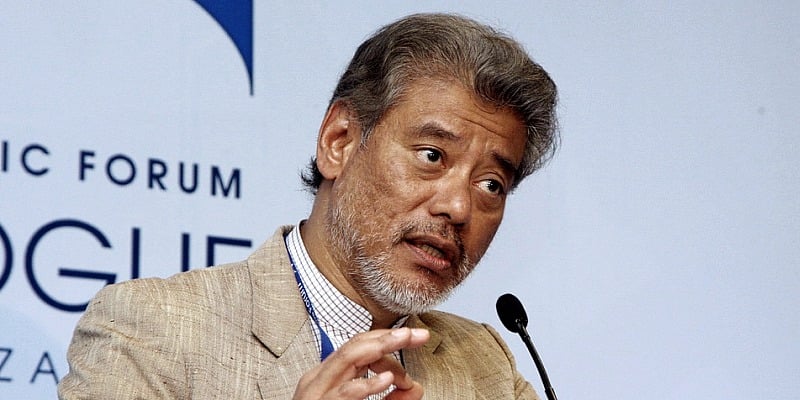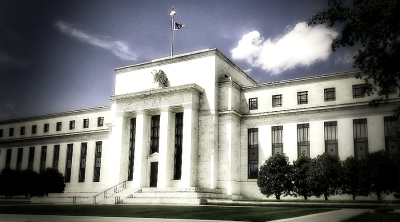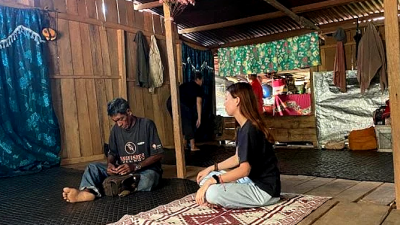
When history repeats itself, the first time is a tragedy; the next is a farce.
If we fail to learn from past financial crises, we risk making avoidable errors, often with irreversible, even tragic consequences.
Between rock and hard place
Many people worldwide suffered greatly during the 2008-2009 global financial crisis (GFC) and the Great Recession.
However, the experiences of most developing nations were significantly different from those of the global North.
Developing nations’ varied responses reflected their circumstances, the constraints of their policymakers, and their understanding of events and options.
Hence, the global South reacted very differently.
With more limited means, most developing countries responded quite dissimilarly to rich nations.
Hard hit by the GFC and the ensuing Great Recession, developing countries’ financial positions have been further weakened by tepid growth since.
Worse, their foreign reserves and fiscal balances declined as sovereign debt rose.
Most emerging market and developing economies (EMDEs) mainly save US dollars.
The few countries with large trade surpluses have long bought US Treasury bonds.
This finances US fiscal, trade, and current account deficits, including for war.
Vagaries of finance
After the GFC, international investors–including pension funds, mutual funds, and hedge funds–initially continued to be risk-averse in their exposure to EMDEs.
Thus, the GFC hit growth worldwide through various channels at different times.
As EMDE earnings and prospects fell, investor interest declined.
But with more profits to be made from cheap finance, thanks to ‘quantitative easing’, funds flowed to the Global South.
As the US Fed raised interest rates in early 2022, funds fled developing nations, especially the poorest.
Long propped up by easy credit, real estate and stock markets collapsed.
With finance becoming more powerful and consequential, the real economy suffered.
As growth slowed, developing countries’ export earnings fell as funds flowed out.
Thus, instead of helping counter-cyclically, capital flowed out when most needed.
The consequences of such reversals have varied considerably. Sadly, many who should have known better chose to remain blind to such dangers.
After globalisation peaked around the turn of the century, most wealthy nations reversed earlier trade liberalisation, invoking the GFC as the pretext.
Thus, growth slowed with the GFC, i.e., well before the Covid-19 pandemic.
Markets collapse
Previously supported by the Great Moderation’s easy money, stock markets in EMDEs plunged in the GFC.
The turmoil arguably hurt EMDEs much more than rich nations.
Most rich and many middle-income households in EMDEs own equities, while many pension funds have increasingly invested in financial markets in recent decades.
Financial turmoil directly impacts many incomes, assets and the real economy.
Worse, banks stop lending when their credit is most needed.
This forces firms to cut investment spending and instead use their savings and earnings to cover operating costs, often causing them to lay off workers.
As stock markets plummet, solvency is adversely impacted as firms and banks become overleveraged, precipitating other problems.
Falling stock prices trigger downward spirals, slowing the economy, increasing unemployment, and worsening real wages and working conditions.
As government revenues decline, they borrow more to make up the shortfall.
Various economies cope differently with such impacts as government responses vary.
Much depends on how governments respond with countercyclical and social protection policies.
However, earlier deregulation and reduced means have typically eroded their capacities and capabilities.
Policy matters
Official policy response measures to the GFC endorsed by the US and IMF included those they had criticised East Asian governments for pursuing during their 1997-1998 financial crises.
Such efforts included requiring banks to lend at low interest rates, financing or ‘bailing out’ financial institutions and restricting short selling and other previously permissible practices.
Many forget that the US Fed’s mandate is broader than most other central banks.
Instead of providing financial stability by containing inflation, it is also expected to sustain growth and full employment.
Many wealthy countries adopted bold monetary and fiscal policies in response to the Great Recession.
Lower interest rates and increased public spending helped.
With the world economy in a protracted slowdown since the GFC, tighter fiscal and monetary policies since 2022 have especially hurt developing countries.
Effective counter-cyclical policies and long-term regulatory reforms were discouraged.
Instead, many complied with market and IMF pressures to cut fiscal deficits and inflation.
Reform finance
Nevertheless, appeals for more government intervention and regulation are common during crises.
However, procyclical policies replace counter-cyclical measures once a situation is less threatening, as in late 2009.
Quick fixes rarely offer adequate solutions.
They do not prevent future crises, which rarely replay previous crises.
Instead, measures should address current and likely future risks, not earlier ones.
(Jomo Kwame Sundaram was an economics professor and United Nations Assistant Secretary-General for Economic Development.)
ADVERTISEMENT
ADVERTISEMENT





































